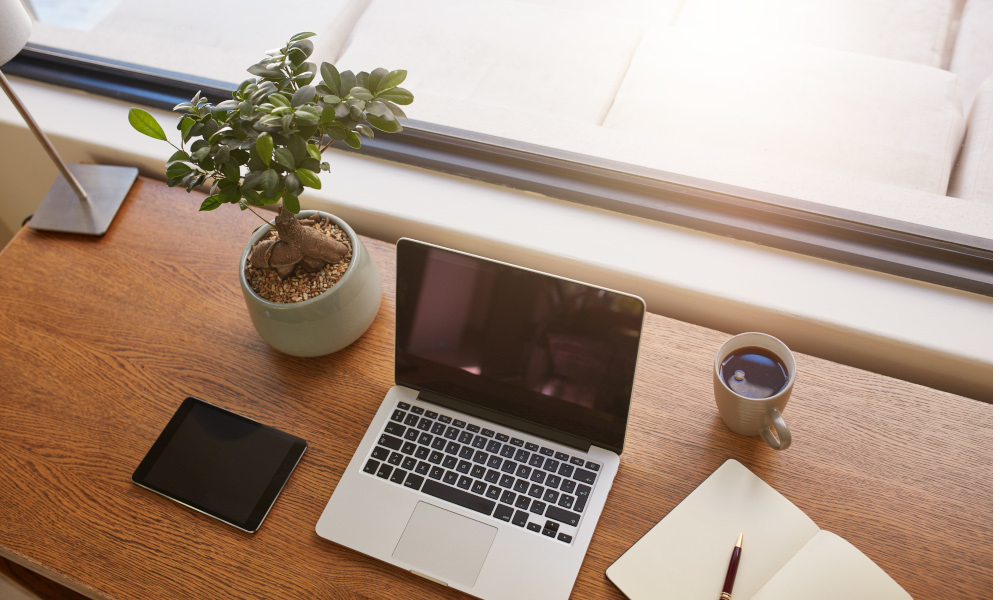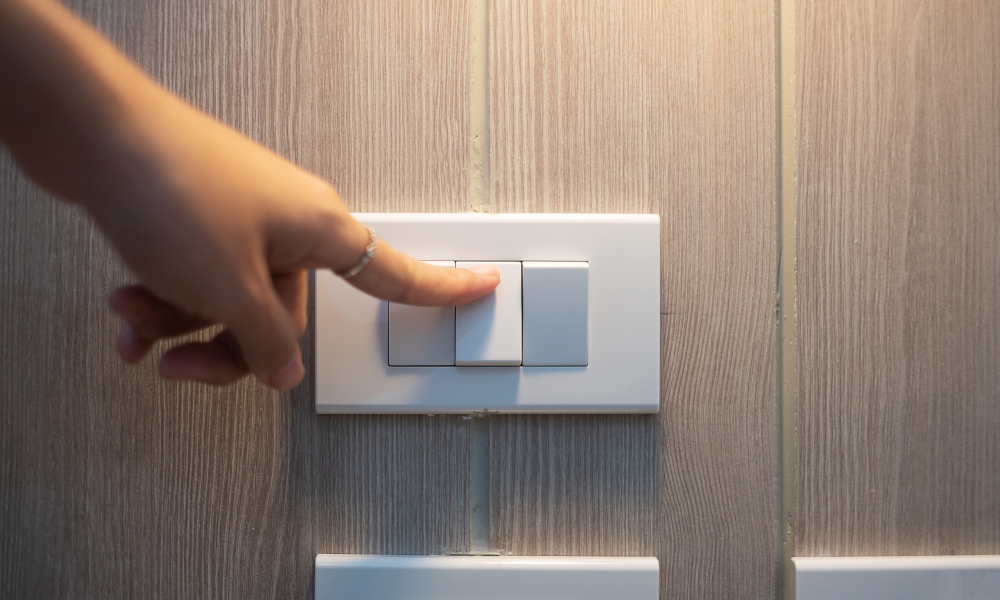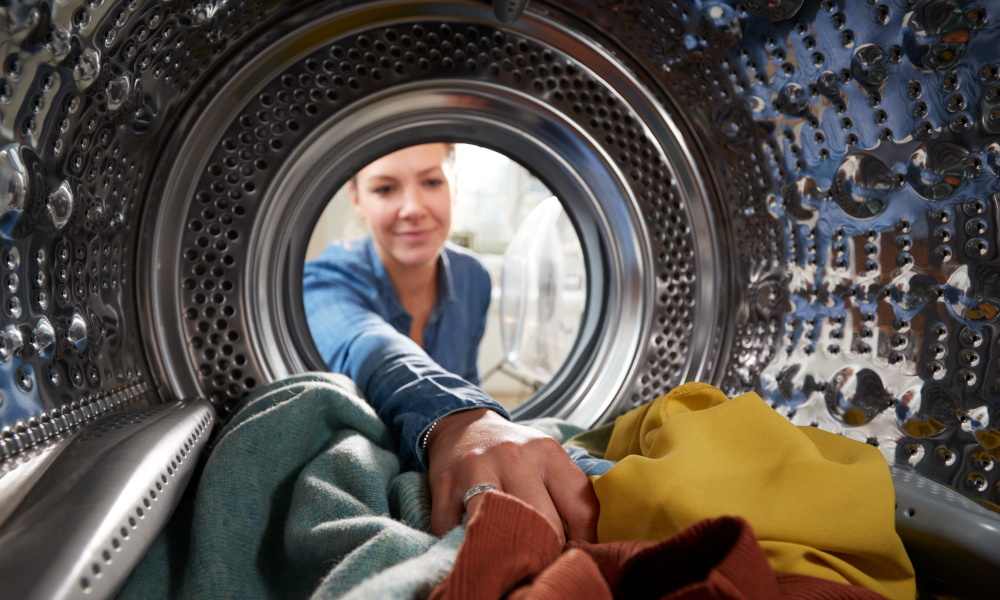After the rise of Covid-19, working from home has become a common practice for many organisations. During the circuit breaker in 2020, electricity consumption at home had increased by 22% in Singapore because both kids and parents are mostly staying home. Keep your utility bills in check by employing useful energy-saving tips for work from home parents.
Below are 7 energy-saving tips for parents managing their kids at home while working.
Work by the Window with Plenty of Natural Light

The best lighting you can get is natural light from the sun. Eliminate the need to switch on the lamps and lights when you have ample bright sunshine streaming into your room.
Studies have shown that working under natural lighting helps improve your mood and boosts immunity. So, there’s more reason to set up your workstation by the window.
Keep Doors and Windows Closed in the Air-Conditioned Room
While working under natural lighting, we cannot escape the heat of the afternoon sun. To work comfortably, sometimes turning on the fan is not enough to keep the heat away. You’ll find that your air conditioner is a need during hotter days (which are plenty in sunny Singapore).
Should you need to turn on your air-conditioner, keep all the windows (not the curtains) and doors closed. This helps to contain the cool air circulating within the room. Once the room temperature is at a comfortable level, you can turn off the air-conditioner and keep the fan on.
For couples who are working from home together, try working within the same area with your kids to optimise the air-conditioner usage.
Unplug Unused Appliances and Gadgets
Aren’t we all guilty of leaving our gadgets plugged in for the sake of convenience? Just because it is not powering up any appliances or charging any gadgets, small currents are still running.
The cost of the electricity may not be much, but it does add up in the long run when you multiply it with the various electronic gadgets you have around the house. Examples of our everyday gadgets that we take for granted are the air fryer, microwave, toaster, coffee maker, TV, radio, phone charger, and the list goes on.
Switch Off the Power When Not in Use

Aren’t we all guilty of leaving the switch on after every use? Sometimes it could be something as glaring as the lights and fans, or it could be something as unnoticeable as the water heater switch and computer plugged in on sleep mode.
Kids having online classes. Parents having zoom meetings. Phones are constantly on the charger. All electronic gadgets are almost on 24/7. When you’re working round the clock, it seems convenient to leave the power source on. However, this will eat up energy.
Remember to set a time for work and study, and make sure to spend quality family bonding time too. Turn off your devices and make sure to unplug them.
Turn Off the Tap
Similar to leaving the switch on, sometimes we may forgetfully leave the tap running. This is mostly accidental such as when you are multitasking, or when the kids aren’t able to reach the tap to turn it off effectively.
For kids who aren’t tall enough to reach the tap, consider placing a child stool for them to step on. As for multitaskers, practise doing a double-take when you’re washing your hands or utensils, so our precious resource isn’t dripping to waste. Also, when you’re in the middle of brushing your teeth, shaving, or soaping, turn off the tap.
However, water leakages could also mean a worn-off washer, broken pipe, or even a leaking sink. If this is the case, get it fixed immediately.
Energy-Saving Tips for Laundry Management

When you have young kids at home, you’ll understand that laundry tends to pile up pretty quickly. Messy and stained clothes are almost a norm in households with children. While you may be tempted to get their clothes changed and cleaned in a jiffy, this process isn’t energy-efficient. Always start the washing machine on a full load.
The same goes for ironing clothes. Heating the iron takes up a lot of electricity. To optimise the heat, iron all the clothing in bulk. This does not mean you wait for a month’s worth of clothing. Instead, iron all your clothings weekly.
Use Energy-Saving Appliances
Invest in energy-saving appliances that not only save electricity but also save time and effort. Bigger household appliances such as air conditioning, refrigerator, television, and clothes dryer have energy labels to display their energy efficiency.
In addition, new-age multipurpose cooking appliances can do much more than individual-purpose appliances. For example, a multipurpose cooker can optimise the heat to steam rice and cook another dish all within the same appliance. Anything that saves energy and time is a busy parent’s dream come true.
Save Energy and Time – Lead by Example
When you’re working from home, your daily practice and habits become more apparent to your children. Parents with young kids should guide by example. Your energy-saving habits will rub off onto your kids as they observe your daily activities. You can conserve our environment with a simple energy-saving tip at a time.
What other energy-saving tips do you recommend?


